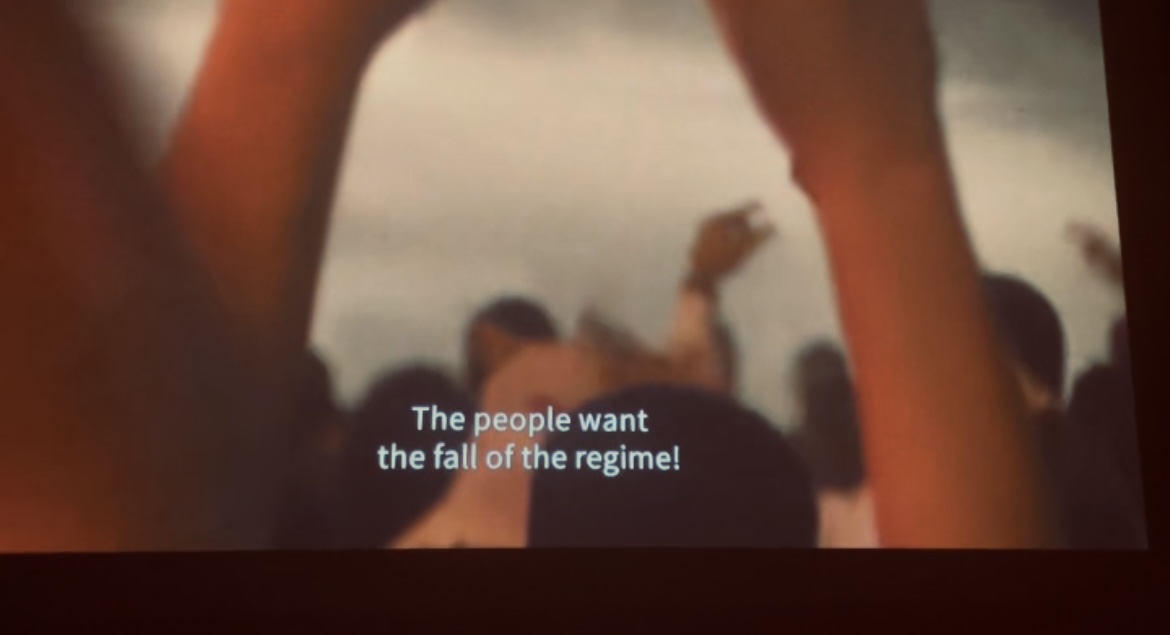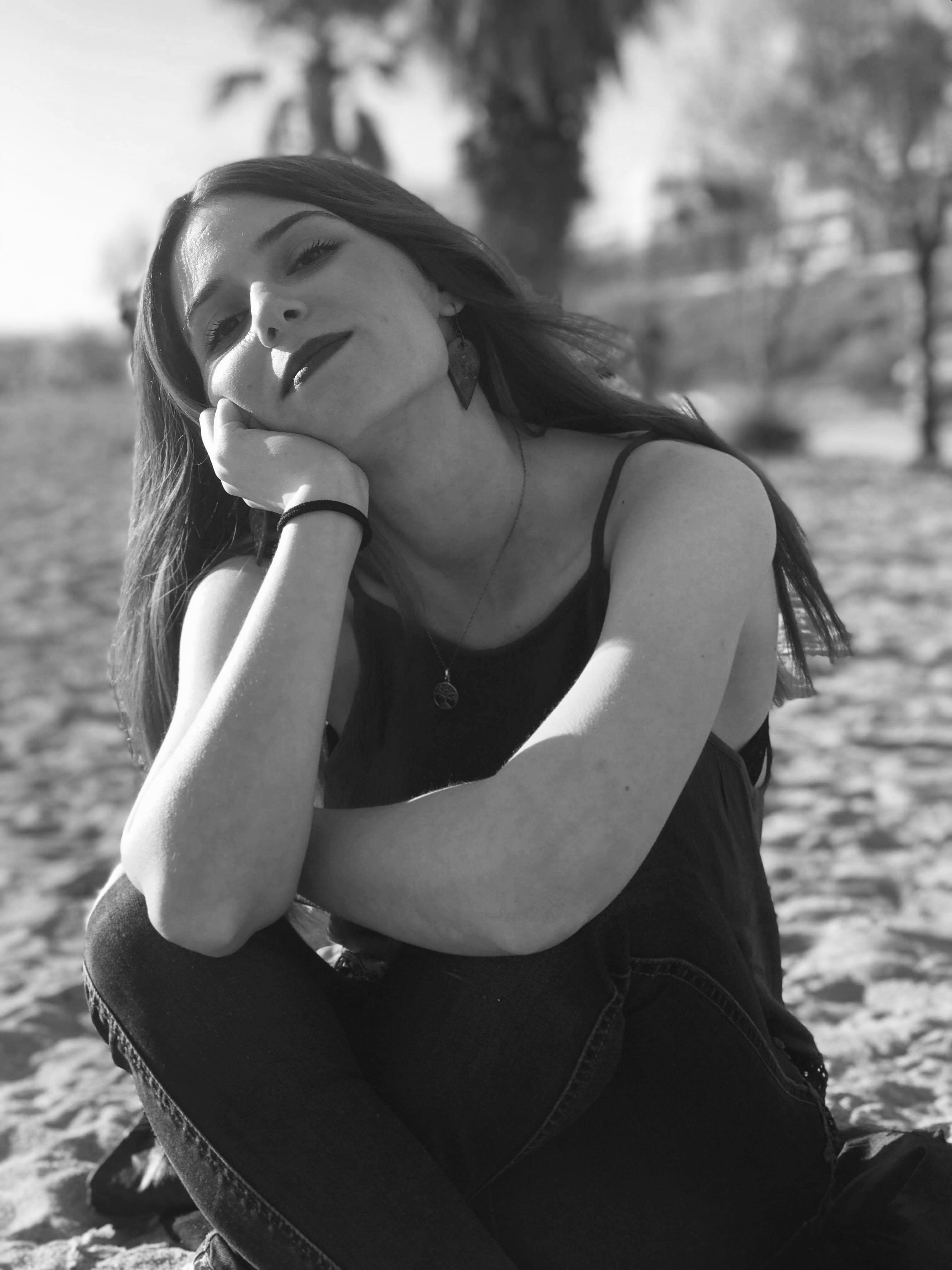Review #10: A Multifaceted Exploration of Violence: A Return of the Sun
Christina Chatzitheodorou
“A Return of the Sun” is a group show featuring the works of Alia Farid, Aziz Hazara, Carolina Caycedo and David de Rozas, Christian Sleiman, Haig Aivazian, Inas Halabi, Joana Hadjithomas & Khalil Joreige, Jumana Manna, Kiymet Dastan, Lamia Abukhadra, Nadia Bseiso, Omnia Sabry, Rania Stephan, Saba Innab. The Exhibitions is curated by Reem Shadid, and runs at Beirut Art Center from May 18th until September 16th, 2023.
The exhibition sheds light on violence and “what no longer can remain out of sight.”1 The clock is ticking; the harming of communities is increasing disproportionally. The very idea of what constitutes violence is challenged in the show, in order to include types of violence on the environment that have long been unrecognised. Waste dumps and toxic landfills are transformed from pure aesthetic imperfections into violence, an outcome of humans’ hybris towards the environment. The artworks presented in the exhibition do not wish to adopt a monolithic representation of what it means to live under climate crisis, where nature and catastrophes are seen as separate problems to be dealt with. They rather adopt a more intersectional approach in addressing the violence as a result of the climate crisis, which does not exist in a vacuum but it is seen within historically specific contexts.
Oppression is in itself intersectional, and the artists tell stories by connecting colonialism, climate crisis, individualism, capitalism and racism. In Occupied Palestine, restrictions are imposed by the Israeli occupation forces that prohibit the collection of the artichoke-like ‘akkoub and za’atar’ (thyme), which is justified by the Western/colonialist gaze as a responsibility to protect. In Jumana Manna’s documentary ‘Foragers’, this gaze is eliminated and replaced to showcase the Palestinian reality of occupation and colonialism. In the same pattern, this more holistic understanding of violence manifests itself in Aziz Hazara’s work. It is not only the hybris towards the environment that one sees in his art; the expansive debris of waste ranging from plastic, wooden to electronic cannot be separated from the context of war and occupation in Afghanistan, and from the Western imperialism that emerges.
Nature does not play an inadequate role here , but rather it interacts with the species that inhabit it. Somi Se’k (The Land of the Sun – La tierra del Sol) articulates that; indigenous and settler species influence the environment, and are also influenced by it, yet the influence imposed on the environment is characterised by inequality. What remains as a consequence is the ongoing environmental crisis and its impact on communities. Endless growth seems to be the sole valuable solution under capitalism, where the only way to lead a life is at the expense of nature. The film installation ‘The Teachings of the Hands’, however, demonstrates a way out of the labyrinth. The film focuses on Carrizo Comecrudo indigenous community and their relationship with the land, an environment and community that coexist in harmony, in a symbiosis, where one takes care of the other. What falls under capitalism as an inverse relationship between a satisfactory life and the destruction of the environment - where the former only happens on the expanse of the other - becomes a possibility outside of the capitalist system.
 Somi Se'k, The land of the Sun by Carolina Caycedo and David de Rojas,
courtesy of the author.
Somi Se'k, The land of the Sun by Carolina Caycedo and David de Rojas,
courtesy of the author.

Nadia Bseiso's 'Infertile Crescent', Dead Sea, Jordan, courtesy of the author.
The exhibit features various places and eras. Joanna Hadjithomas and Khalil Joreige explore through their film what we leave behind as humans. The ruins in cities, like Beirut and Athens, do not only manifest this multitemporal dimension, where epochs and civilisations, past and present, and ancient and modern mix, they are cities that share more than that. Urban monstrosities live side by side with the ruins of the Parthenon and Roman baths ruins. The only thing that remains for us are ruins, the old, and the newly constructed ones.
Rania Stephan’s short film ‘Riot in 3 Movements’ manifests how space can become an active spectator in its interaction with people. The film demonstrates the interaction between space, violence, change, hope and revolution. It features people rallying the streets of Lebanon to protest against the incompetence of the state in finding a solution regarding the Beirut garbage crisis in 2015 . Where violence unravels, the city ceases to exist solely as an apolitical urban space, and transforms into a place of political significance and revolution. In this state, destruction is made and utopias are imagined simultaneously, . To use Gilles Deleuze and Felix Guatarri’s terminology, it is not enough to deterritorialize what existed beforehand. We should opt to deterritorialize the urban space and the environment. After dismantling existing capitalist structures and deciphering systems that have long organised our bodies, identities, and spoken words, we should opt for new ones that are better suited and more just.
 "Tearing Down Only to Build Again" from Rania Stephan's film Riot in 3 Movements, courtesy of the author.
"Tearing Down Only to Build Again" from Rania Stephan's film Riot in 3 Movements, courtesy of the author.Overall, the exhibition uses different means to communicate the significance and raise our awareness on violence. It offers a unique perspective on forms of violence on the environment that otherwise might be unnoticed. From photographs and installations, to short films and documentaries, the works provide a holistic idea of what constitutes violence, yet the environment is presented as more than an idle factor unilaterally affected by human actions. The space itself has a psyche of its own and it changes meanings and significations, along with its continuously changing contextualization. What the exhibition leaves us with, is that exact hope for a meaningful transformation of the environment at its various expressions, from urban to rural. What during the day might seem as a banal urban area, might have the potential to be transformed into a revolutionary space, where the vision for a better society begins to take shape.
Footnotes
1 From the digital pamphlet. Available here:
beirutartcenter.org/event/exhibition-opening-a-return-of-the-sun/

Christina Chatzitheodorou
is a PhD student, focusing on women's invovlement in left-wing resistance movements during the Second World War. Her research interests include social movements, particularly women's involvement, violence and its multiple dimensions, and the politics of memory. She speaks fluently Greek, English, Spanish, Italian, French and Portuguese and she currently learns Arabic and Swahili.